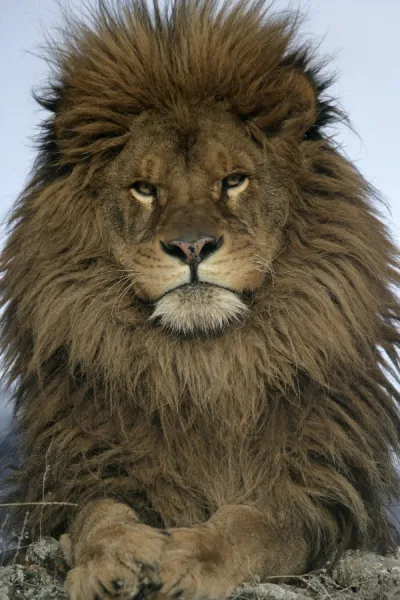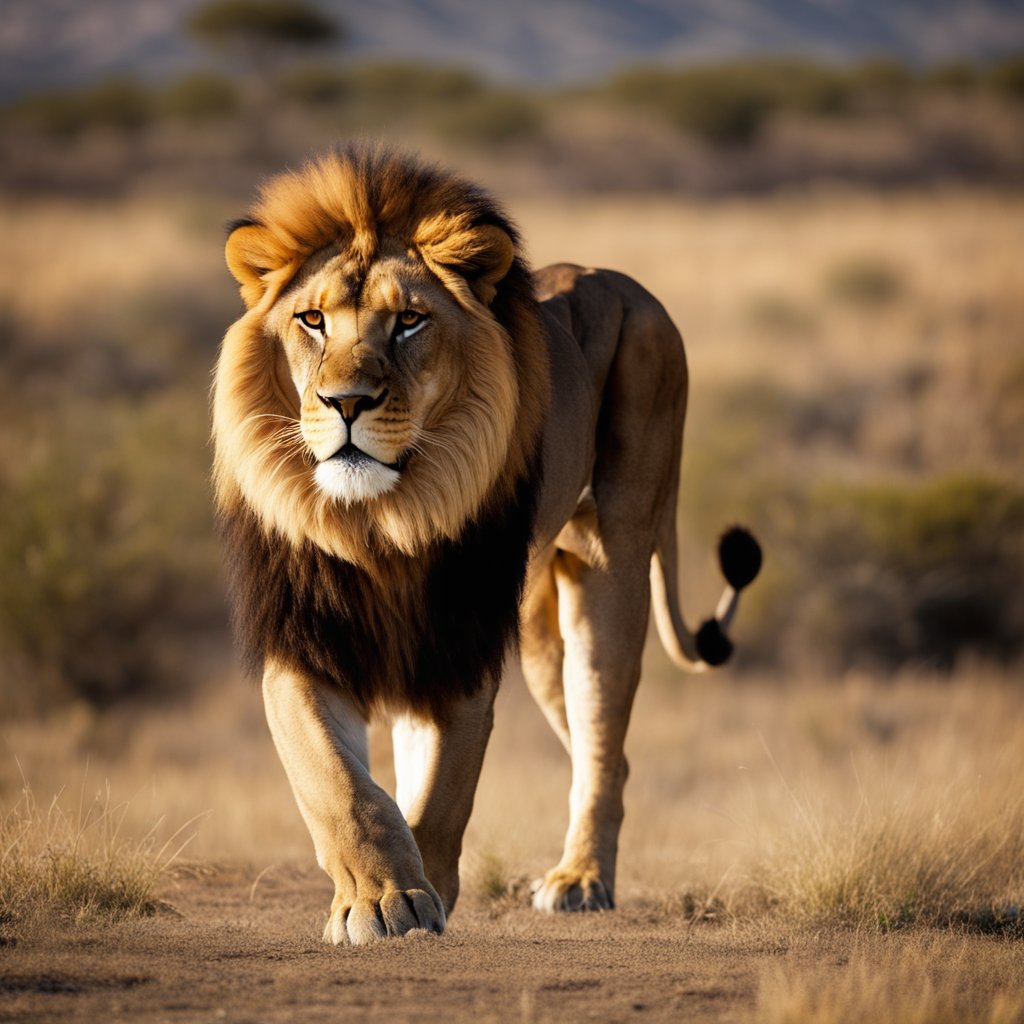Barbary Lion: Majestic Remnants of a Vanishing Species

The Barbary lion (Panthera leo leo) stands as a symbol of regal beauty and untamed wilderness, once roaming freely across North Africa. However, due to centuries of human activity and habitat loss, this magnificent subspecies of lion now teeters on the brink of extinction. This article explores the unique characteristics, historical significance, and conservation efforts surrounding the Barbary lion.

Distinctive for its robust frame and a lush, dark mane that extends down the chest, the Barbary lion is renowned for its majestic appearance. The males typically exhibit a more extensive and darker mane compared to other lion subspecies. Their large size and powerful build further contribute to their awe-inspiring presence.

The Barbary lion once inhabited a vast expanse of North Africa, including regions such as Morocco, Algeria, Tunisia, and Libya. Historical accounts and artworks depict the Barbary lion as a symbol of strength and royalty, often featured in ancient civilizations’ art, literature, and even the Roman Colosseum for gladiatorial spectacles.

Unfortunately, the Barbary lion has faced a dramatic decline in population over the centuries. Factors such as habitat loss, human-wildlife conflict, and hunting have significantly contributed to their diminishing numbers. By the mid-20th century, the Barbary lion was declared extinct in the wild, with only a few individuals remaining in captivity.

Efforts to save the Barbary lion from extinction have gained momentum in recent years. Various conservation organizations, in collaboration with zoos and wildlife reserves, are working towards preserving the genetic lineage of Barbary lions. These initiatives involve breeding programs and genetic research to identify Barbary lion descendants among captive lions and potentially reintroduce them into protected areas.

The conservation of the Barbary lion faces several challenges, including the limited genetic diversity among the remaining captive individuals. Additionally, the potential for successful reintroduction into the wild hinges on addressing habitat conservation and mitigating human-wildlife conflicts. Despite these challenges, there is hope that concerted efforts and global awareness can contribute to the restoration of the Barbary lion’s population.

The Barbary lion, once an emblem of power and grace, now stands as a poignant reminder of the fragility of Earth’s biodiversity. As conservation initiatives strive to revive this majestic subspecies, the Barbary lion’s story serves as a call to action for humanity to prioritize the protection of endangered species and their habitats. With collective efforts, there is a chance to witness the resurgence of the Barbary lion, ensuring that future generations can marvel at the sight of these regal creatures in the wild once again.



